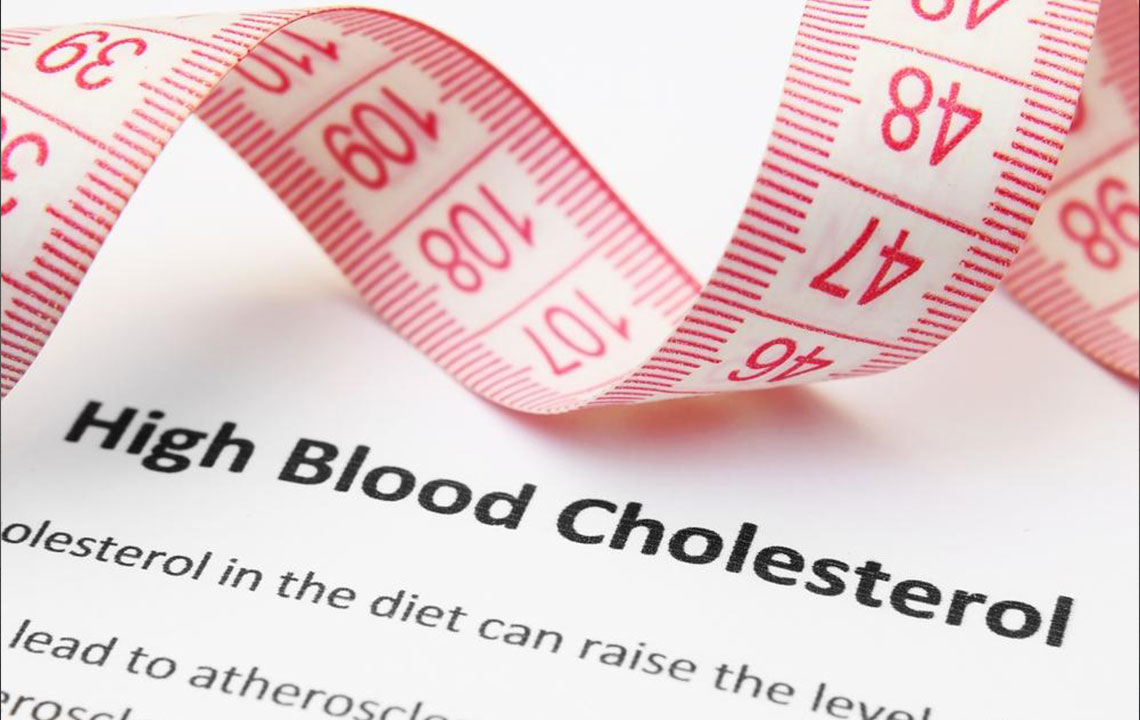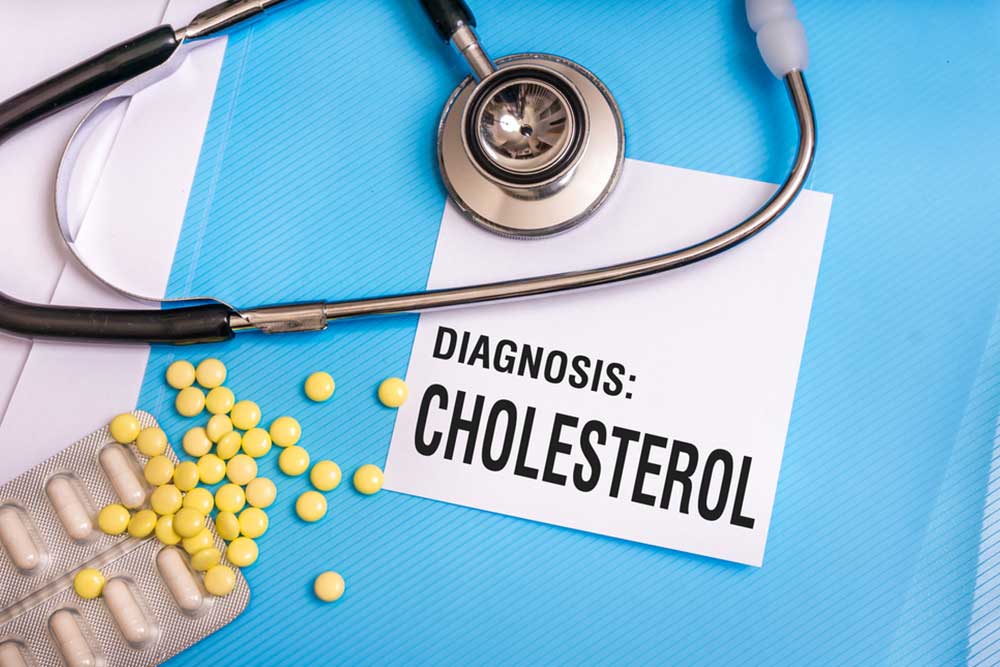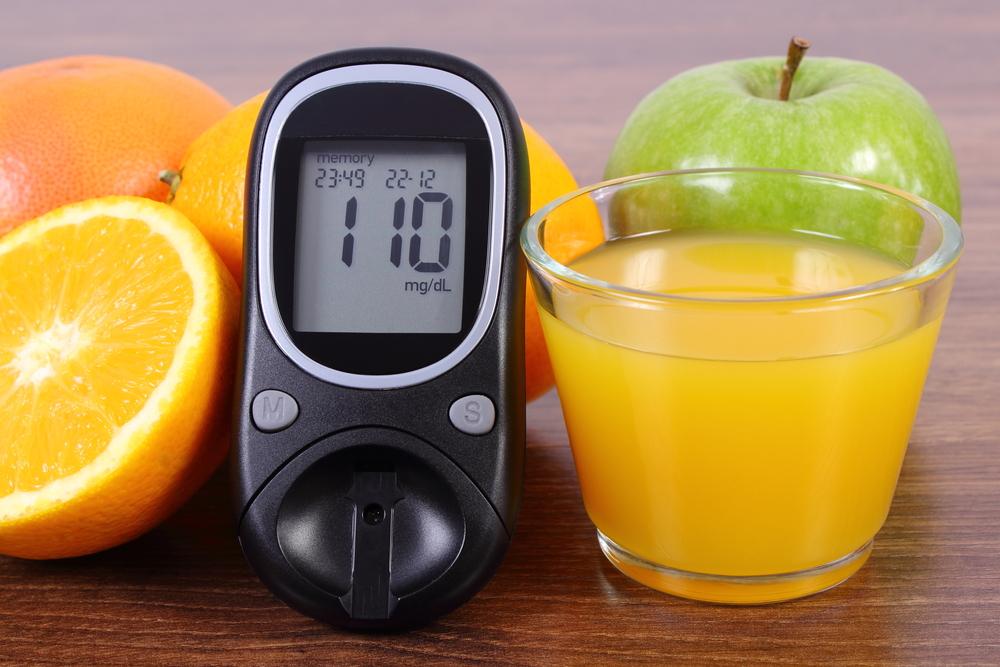Comprehensive Guide to Monitoring Cholesterol Levels
This comprehensive article explores cholesterol monitoring, including ideal levels of HDL, LDL, and triglycerides, as well as the significance of cholesterol ratios. It emphasizes the importance of regular tests, fasting protocols, and understanding individual cholesterol components to assess heart health accurately. Stay informed about how cholesterol levels impact cardiovascular risk and learn about optimal targets for a healthier life.

A Complete Overview of Cholesterol Monitoring
Cholesterol measurement and its importance
Blood tests for cholesterol are common procedures used to evaluate heart attack risk. The doctor assesses levels of beneficial (HDL) and harmful (LDL) cholesterol to determine overall cardiovascular risk. But what specific parameters do physicians focus on? Which marker offers the best insight into heart health? Historically, total cholesterol was the primary indicator. Nowadays, emphasis has shifted towards non-HDL cholesterol and cholesterol ratios, which provide a more accurate risk profile.
Currently, HDL, LDL levels, and cholesterol ratios are regarded as more reliable predictors of cardiovascular risk than total cholesterol alone.
Who should undergo cholesterol testing?
It is widely recommended that individuals under 40 have their cholesterol checked at least every five years, or more often if advised. This profile, known as lipoprotein analysis, evaluates HDL, LDL, triglycerides, and overall cholesterol levels.
Optimal cholesterol parameters
A total cholesterol below 200 mg/dL is ideal. However, individual components such as HDL and LDL should also be within healthy ranges to truly reflect heart health.
For LDL, the target is less than 100 mg/dL; HDL should be above 60 mg/dL; and triglycerides should be below 150 mg/dL.
Cholesterol ratios
Experts now prioritize cholesterol ratios over isolated numbers. You can compute your ratio by dividing total cholesterol by HDL. An ratio of 3.5:1 is considered optimal. Higher ratios indicate increased heart disease risk.
Total cholesterol testing
It’s a simple, fasting-free test that measures both HDL and LDL levels. A total cholesterol under 200 signals good heart health; however, understanding individual HDL and LDL levels provides a clearer risk assessment.
LDL cholesterol, often labeled the 'bad' cholesterol, contributes heavily to heart disease when elevated. The ideal level is below 70 mg/dL. It can be measured directly from non-fasting blood samples. To ensure accuracy, fasting for approximately 12 hours is recommended, especially if recent alcohol consumption occurred (must abstain at least 24 hours prior).
HDL cholesterol HDL protects the heart by removing LDL. Levels above 60 mg/dL are considered protective, while levels below 40 mg/dL are risky.
Non-HDL cholesterol Calculated by subtracting HDL from total cholesterol, this measure includes all harmful cholesterol. An optimal level is under 130 mg/dL; higher values denote increased cardiovascular risk.
Cholesterol ratios and heart risk
The ratio of total cholesterol to HDL indicates heart disease risk—the lower the better. Similarly, the LDL to HDL ratio provides insight, with lower ratios being favorable for heart health.










